Therapeutic Positions and Positioning
Positions according to the patient's activity
- active (patient has the ability to change their own position, they can move voluntarily)
- natural – the patient can position themselves in whichever way suits them
- forced – (the patient positions themselves in response to discomfort, they take a position which reduces their pain, or which enables easier breathing or easier digestion)
- passive (involuntary – medical staff puts the patient into position – mostly with partially mobile, immobile, or unconscious patients)
Positions according to purpose
- examination position (diagnostic)
- therapeutic position
- preventive position (to prevent negative physical and psychological changes)
Examination (diagnostic) positions
- short-term position, facilitating access to the examined part of the patient's body:
- standing
- sitting
- lying in a horizontal position, on the back, with lower extremities extended or flexed (supine position)
- lying in a horizontal position on the belly (prone position)
- on the side
- gynaecological
- genupectoral (knee- chest)
- genucubital (knee-elbow)
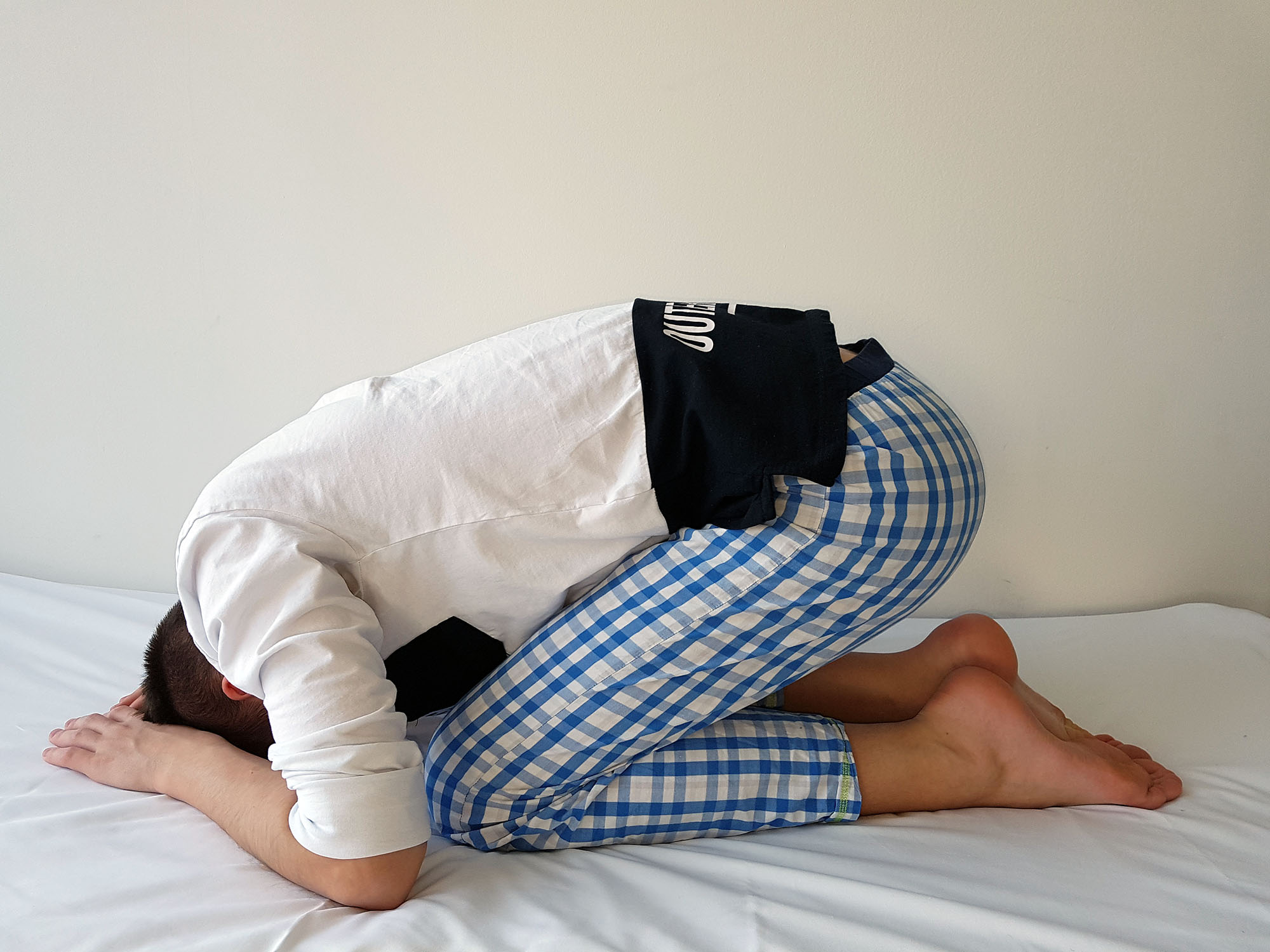

Therapeutic positions
- to support the healing process
- dorsal – supine (horizontal, on the back), with head and shoulders slightly elevated by a pillow (rest and sleep), or without head and shoulders elevated, e.g. after lumbar puncture
- the Trendelenburg position (bed is tilted 15–30º) – supine (horizontal, on the back), the lower half of the body is higher than the upper half (used as an anti-shock position, to improve cerebral blood flow), in gynaecology – in case of imminent abortion, in urological surgery, the position worsens pulmonary ventilation and increases intracranial pressure, attention – during the return back to an upright position there is a risk of orthostatic collapse and headache
- anti-Trendelenburg position (bed is tilted 15–30º) – supine (horizontal, on the back), the upper half of the body is higher than the lower half
- Fowler's and semi-Fowler's position – for common activities (feeding, reading, hygienic care), used in pulmonary and cardiovascular diseases, after thoracic and abdominal surgery
- orthopneic position (1, 2, 3) – assumed by patients with orthopnoea – relief position for pulmonary and cardiovascular diseases
- prone position (on the belly)
- lateral position (on the side)
- Simson's position (semi-prone) – in plegics, paraplegics and tetraplegics
- recovery – Rautek's position – for unconscious patients
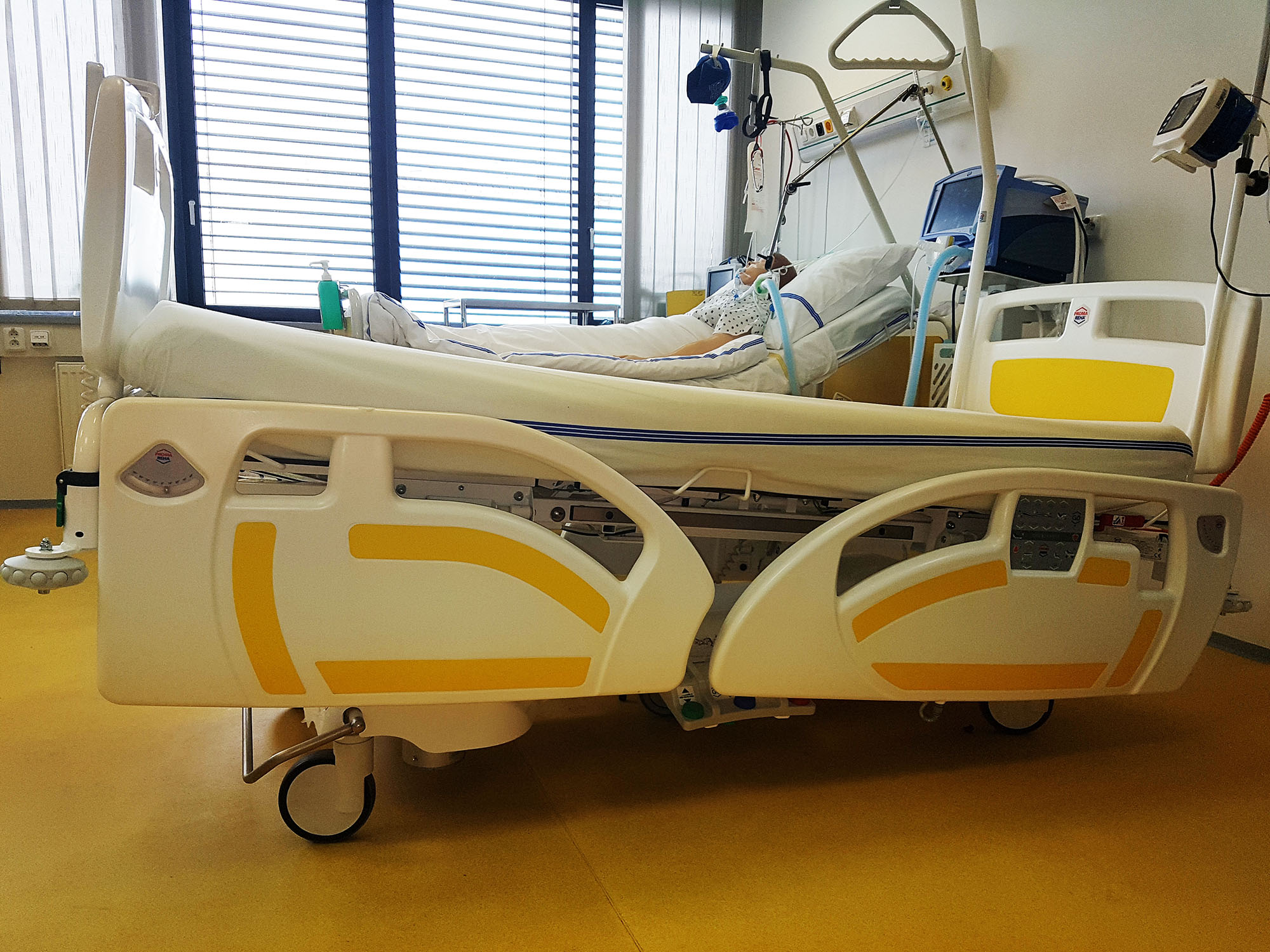
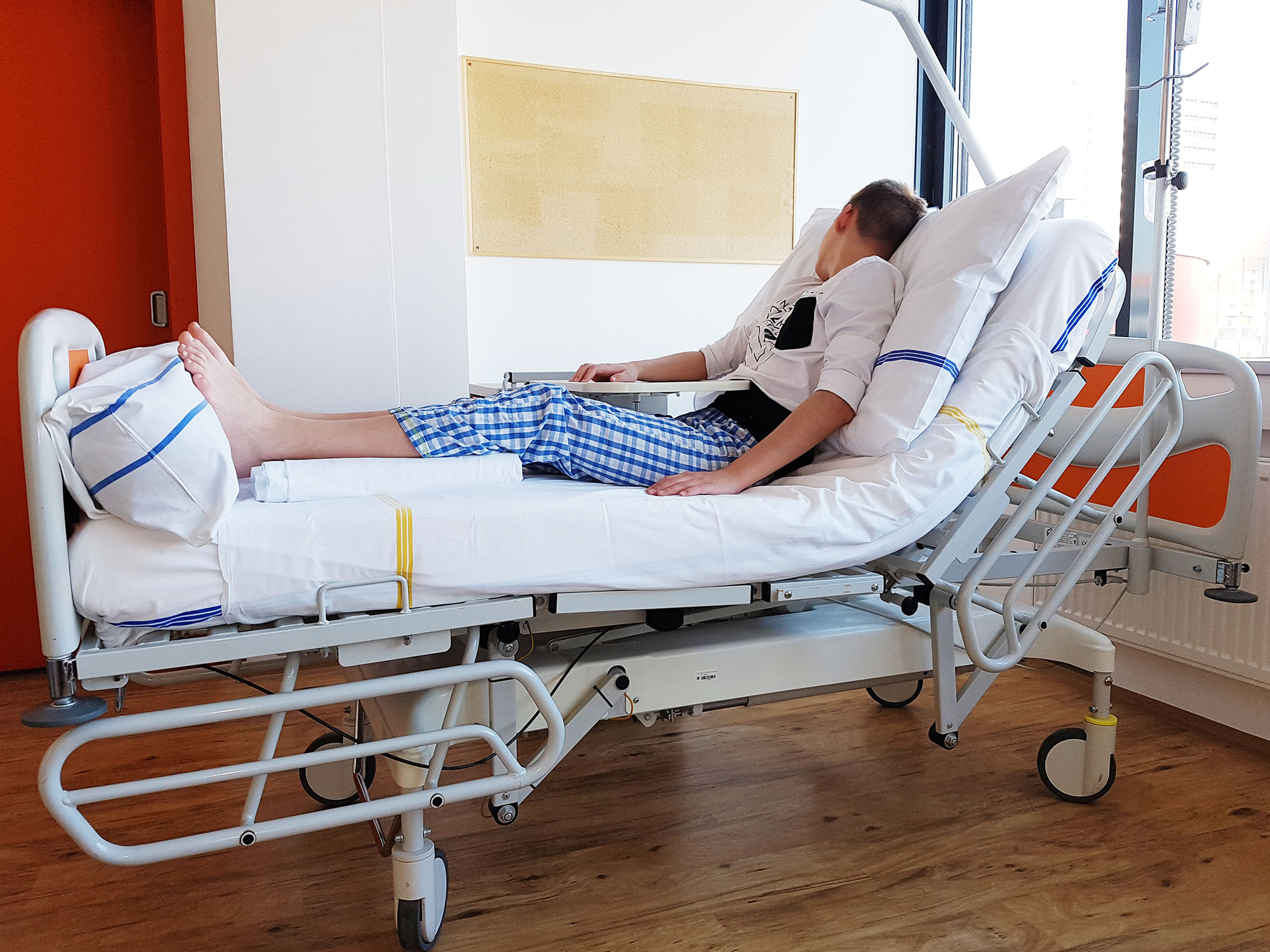



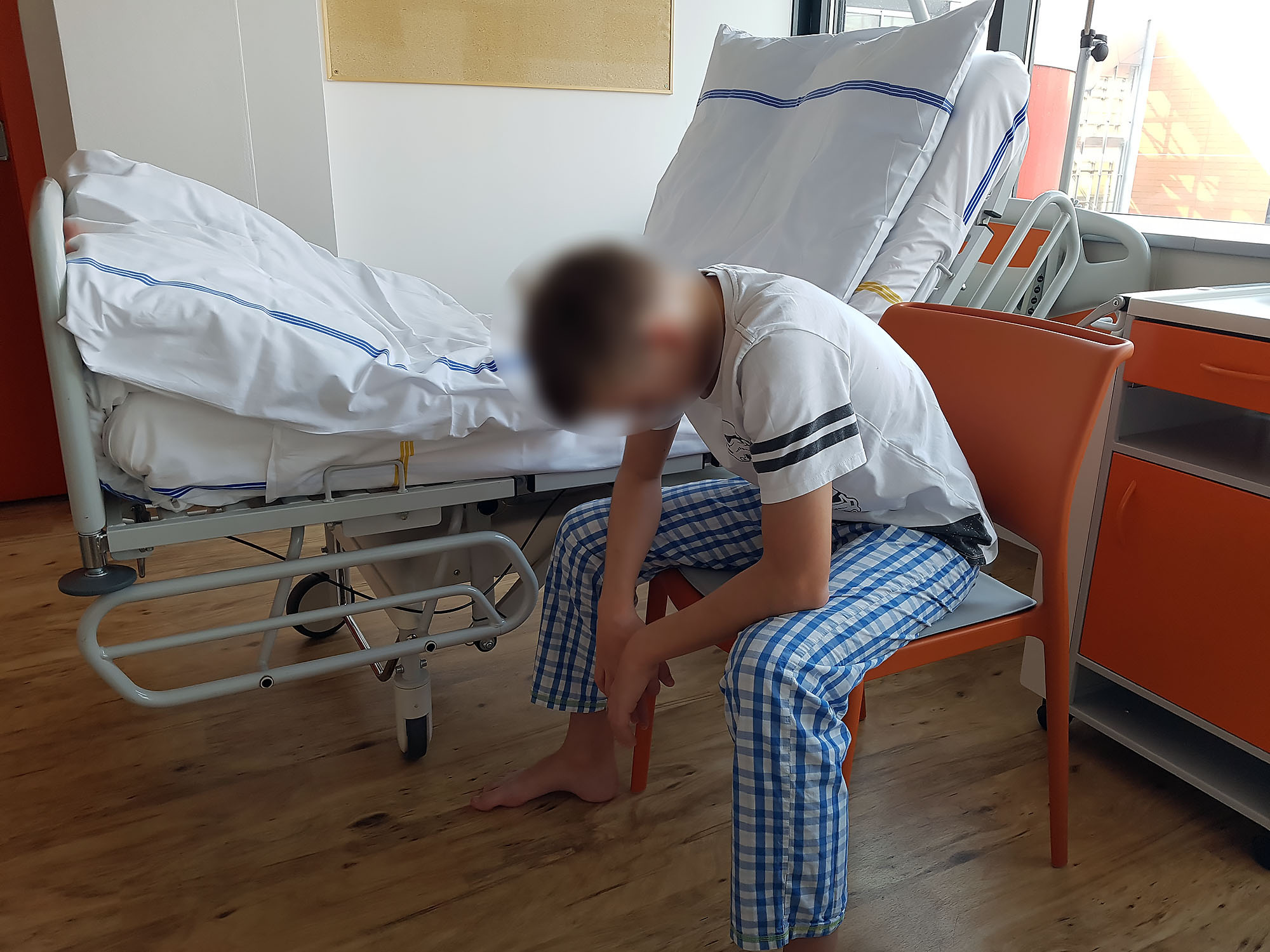
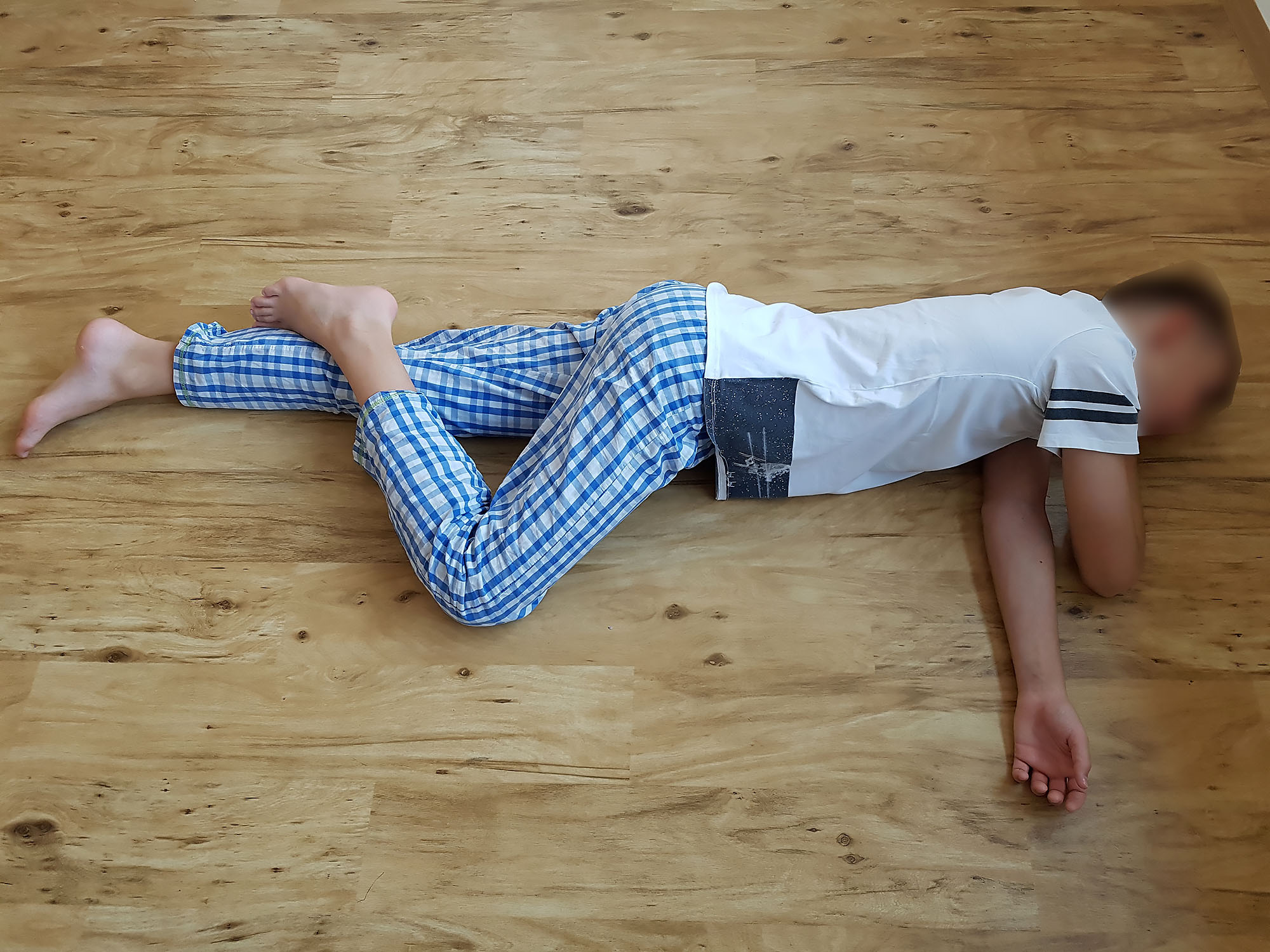
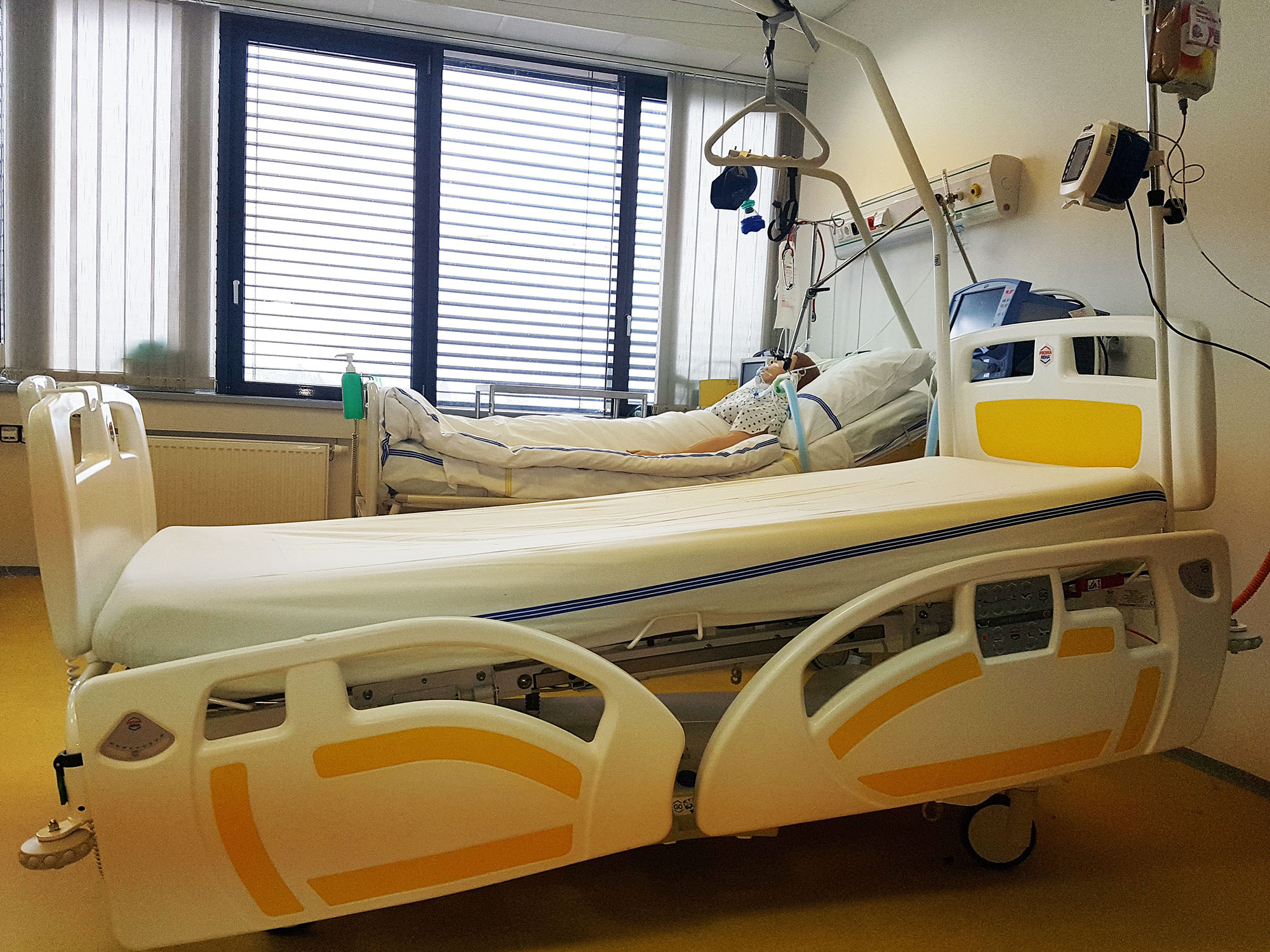
Principles
- the position must fulfil the purpose (examination, therapeutic effect, prevention)
- it must ensure the patient's safety (prevent falls and complications, e.g. pressure sores, contractures, etc.)
- it must provide for the patient's comfort
- when changing a patient's position, perform a skin assessment (appearance, colour, swelling, pain, other changes)
- communicate with the patient
- make a record in the documentation
Positioning of patients in health care institutions
- most often used for unconscious patients, partially mobile and immobile patients
Purpose
- preventive – a passive form of rehabilitation (basal stimulation, preservation of functional capacity of tissues and organs, influencing of muscle tone, prevention of pressure sores, deformities and contractures, spasticities and ankyloses, prevention of immobilization syndrome
- relief – for pain relief, elimination of dyspnoea – ensures better pulmonary ventilation, relieves nausea and feelings of abdominal distension (e.g. after eating)
- corrective – correction of complications, e.g. contractures
Principles
- Planning
- assess beforehand the patient's overall state and the potential risks
- Implementation
- individual approach, regularity, consistency, gentle handling; respect the physiological positions of the joints; use appropriate equipment (to provide safe and correct position to prevent formation of pressure sores); keep the skin clean and dry (do not massage or rub, apply protective products or prophylactic cover materials); maintain a clean and dry bed, be aware of and minimize internal risk factors (malnutrition, decompensation caused by other diseases, e.g. diabetes mellitus)
- in case of skin redness (hyperaemia/erythema), avoid positions which might irritate the affected site
- change the patient's position every two hours, or every three or four hours during the night (total change of position). Use "micro-positioning" (little changes in positions, i.e. moving the limbs and head during any interaction with the patient)
Literature
- Jirkovský D. a kol. Ošetřovatelské postupy a intervence: učebnice pro bakalářské a magisterské studium, Praha, Czech Republic: Motol University Hospital, 2012. pp. 65-81 ISBN: 978-80-87347-13-3
- Pokorná, A. a Komínková, A. Ošetřovatelské postupy založené na důkazech. Brno, Czech Republic: Masaryk University, 2013. pp. 15-18. ISBN 978-80-210-6331-0